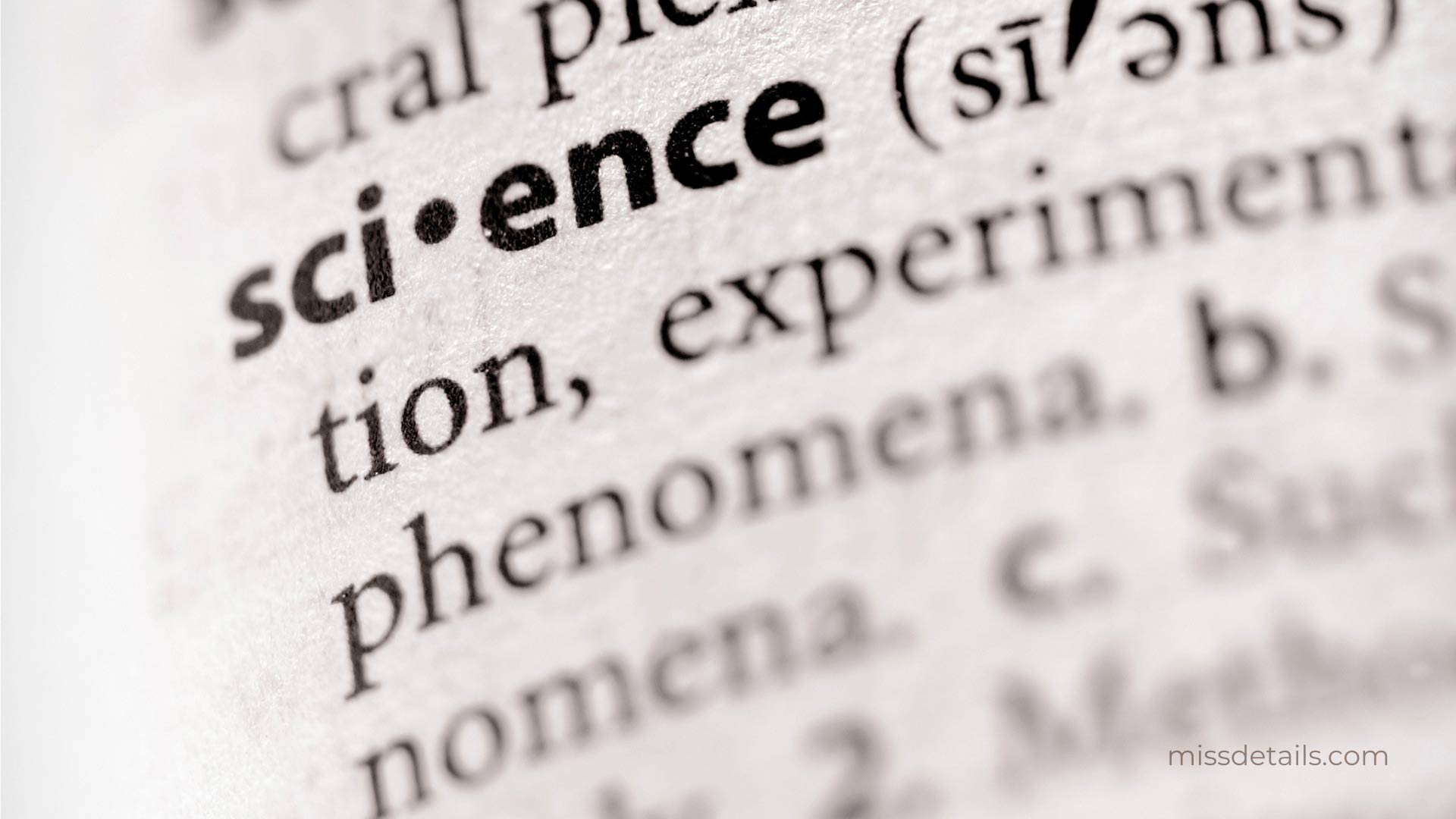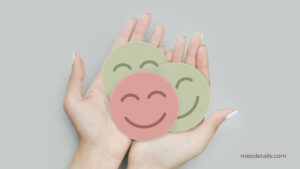If we had to sum up the driving force behind all of humanity’s greatest achievements within a single-word question, it would be, Why?
The human instinct to question the reasons, the causes, and the underlying processes behind various phenomena is a powerful one, and one that has resulted in staggering advances in knowledge and technology, from Newton’s definition of gravity to Darwin’s theorizing of evolution to Curie’s research on radioactivity.
If you think it’s unusual for a brand designer to talk about some of the greatest scientific minds in history, allow me to surprise you. Although I don’t pretend to hold an ounce of the historical and cultural significance as these brilliant men and women, I share their passion for science—for the constant pursuit of explanations. And believe it or not, it’s a crucial element in my work.
As a branding and marketing advisor, I’m concerned with the science of decision making—explanations of why people make the choices they do, and how brands can help guide their audiences toward the choice that will best serve their needs. As a designer, I’m concerned with the science of how humans are influenced by their senses—how all the details of what we see, hear, smell, touch, and feel combine to compel us to take action.
This overarching question of why is so critical to my business that one of my core values is Follow The Science. And in this article, I’m pleased to outline four of the main reasons why a reliance on science and data is so fundamental to the work I do in branding, marketing, and design.


Science Relies on Consistency
One of the major tenets of the scientific process is consistency. A scientist may achieve groundbreaking results in a particular study, but if those results can’t be consistently replicated, they’re close to meaningless.
This same principle applies in branding and marketing. It’s not enough for business owners to see record profits in a single quarter as a result of a specific marketing campaign—they want to see those great results replicated consistently throughout future years. What’s more, understanding the scientific why behind human behavior helps people in my field design brand strategies that will produce those consistent results.
For example, marketers have used the twelve major personality archetypes, identified by social scientist Carl Jung, to shape their branding strategy. Jung based his archetypes on years of observational research throughout his career as a clinical psychologist. He believed that these archetypes have played a significant role in the human psyche for hundreds, if not thousands, of years, and that they could be used to better understand, and even predict, human behavior. Although there’s room for debate as to the accuracy of the science behind Jung’s theories, his work has become prevalent enough to make modern brands feel confident that implementing these archetypes into their marketing strategies will produce consistent results.
Of course, as I’ll discuss later, science is an ever-changing field. But the key to achieving consistent results for your business is to base your branding and marketing strategy on proven data—making it central to the work I do for my clients.

Science Increases Credibility
It’s always been important to me that my clients see me as an expert in my field. But this desire isn’t driven by ego; rather, it’s because I want my clients to feel comfortable trusting me to create an effective and strategic design for their brand.
The people I work with—business owners, marketing directors, and other key decision makers—are relatively risk-averse. If I suggest a particular strategy to them, chances are they won’t feel comfortable signing off on it until they have a thorough understanding of why I’m suggesting it. Being able to back up my strategic suggestions with data gained through both external studies and, just as importantly, my years of design experience, positions me as a confident and credible expert in my field—which is exactly what my clients are looking for.
For instance, I use scientific research on the effects of color on emotion and behavior in my logo and brand designs. I created a turquoise blue logo for my client, Bagnall, in part because the color blue suggests a feeling of calm in the human brain, and my client wanted their brand to evoke a relaxed vacation. On the other hand, when I designed a logo for restaurateur John Banquil’s “ghost kitchen” concept, Ghost Street Asian Taqueria, I utilized purples, which have been shown to suggest a mysterious or exotic feel.
I pride myself on my creative abilities, but I never suggest strategies based purely on aesthetic whims. When I can articulate the data or scientific reasoning behind my design choices, rather than to simply say, “I like how this looks,” I elevate my credibility and status as an expert both in my own eyes and in the eyes of my clients.

Science Allows for Creativity
As stated above, I love the artistic and creative aspect of the work I do. But it’s extremely important to me that I balance that creativity with practical reasoning. And although people sometimes see science and art as contradictory, I know that they in fact inform and allow for one another.
The marketing firm Meltwater Social said it best when they wrote, “Utilizing data in the creative process isn’t about being told what to do. It’s about using signals from your customer to optimize your performance.”
I’ve never once felt boxed in by following the science and using data as a guide in my designs. Quite the opposite—I find that knowing the why behind what makes a particular design or strategy effective allows me to serve my clients better. It encourages me to consider new ideas and alternatives that I never would have otherwise—to push boundaries and create more accurate and effective ways of connecting with my clients’ audiences through design.
For example, I know from my years of experience that design can visually frame subliminal cultural associations. I used this strategy in designing a logo for Lowy Your Taxes. I knew that culturally, humans associate the color red with being in debt, and the color black with getting out of debt (that’s why the biggest shopping day of the year is known as Black Friday). I worked with Lowy to combine this cultural association with Western society’s left-to-right reading pattern to create a logo that communicates Lowy’s value proposition: experiencing the positive feeling of escaping debt (the lowering red) while simultaneously building wealth (the rising black). In this way, I use science not only to create accurate designs, but to emotionally connect with my clients’ audiences.

Science is Continuously Changing
Perhaps the most exciting thing about science is that it’s not static. What we know about the why behind human behavior and other natural phenomena is constantly evolving, as scientists learn more about the world and conduct more extensive research with better tools. It’s easy to mistake science’s continuous evolution as evidence of inconsistency, but in fact, science is simply on a neverending mission of self-improvement—something that business owners everywhere can relate to.
Basing so much of my work on science and data means that it’s always changing and improving. And that’s simply delightful for me, because it means that not only is my work continuously getting better—it’s getting more interesting.
For instance, my team and I recently designed an updated logo for Arizona Autism United (AZA), an organization we’d worked with previously to design a full brand refresh. For many years, AZA had used a puzzle piece in their logo, since at the time it was a common symbol for promoting autism awareness. However, as researchers learn more and more about autism, and how communities can best support people with autism, this symbol has become outdated. Many people in the autistic community have expressed their dislike for the puzzle piece logos used by many autism awareness groups, saying such symbolism makes them feel that society views them as puzzles to be solved, rather than as fellow human beings to be accepted. I was proud to work with AZA again to design a new logo that better reflected both the evolving scientific research around autism and, more importantly, the evolving voices and needs of those in the autistic community.
A commitment to following the science means that it’s sometimes necessary for me to adjust course, whether by tweaking a design or making a full pivot to be more aligned with new evidence. But I don’t find this need for adjustment irritating—I find that it’s a thrilling process, and one that keeps me humble and allows me to produce exceptional work for the businesses I collaborate with.
Following the Why
My passion for science and research has followed me throughout my life, all the way to my work with Miss Details. I take great pride in crafting unique designs that highlight the best aspects of the brands I work with, and I do this through not only a creative eye but a respect for data-driven results. Above all else, I’m driven by that universal, irresistible question of why—and I can’t wait to see where it takes me.
Don’t want to miss out on our articles and insights?
Sign up for the Miss Details newsletter today.



